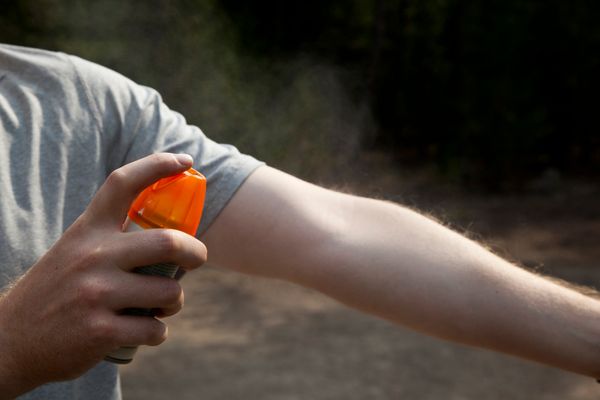While out in the wilderness, it's important for everyone to know camping safety tips for kids. It's especially vital in case one of the kids in your party becomes lost -- knowing helpful tips on what to pack in a "get found" kit and how to leave trail markers will come in handy.
But being away from home doesn't mean having to fear the wilderness. It's just that much more important to be extra careful and follow basic safety tips. That way there will definitely be another camping trip in the future.
Advertisement
Follow the links below to learn how to teach camping safety tips for kids:
When camping, be sure to recognize which plants are poisonous.
The Comforts of Home -- Outdoors
Being away from home doesn't have to mean being uncomfortable.
Utilizing items in a "get found" kit will help lost campers get found sooner.
For hiking or the hopelessly lost, knowing how to use a compass will always come in handy.
Create leaf rubbings or flower drawings to capture the natural wildlife.
While out hiking, leave behind natural trail markers for others to follow.
Keep reading to learn how to recognize poisonous plants while camping.
For more super summer crafts and activities for kids, check out:
- How to Repair a Damaged Tent
- Kids' Crafts
- Kids' Activities
Advertisement


